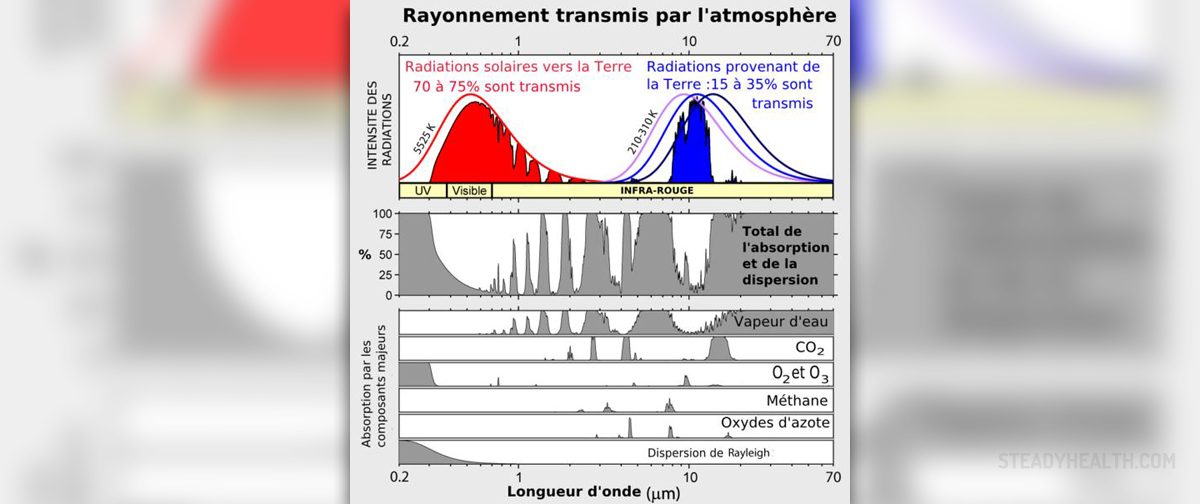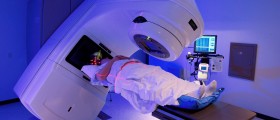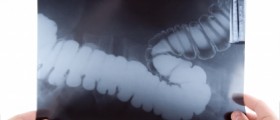
Prostate cancer is commonly treated with radiation therapy also known as X-ray therapy. Radiation therapy uses high energy beams of X-rays to destroy cancer cells and shrink the tumor. Radiation therapy can be administered outside the body (external radiation). It can come from a machine where the beams are directed at the targeted organ. Another way of administering radiation is by placing a small capsule of radioactive material into the tumor. This is known as internal radiation therapy or brachyherapy. Sources of radioactive material can be permanent or temporary meaning they are removed after administering the appropriate dose.
Radiation Therapy for Prostate Cancer
For external radiation therapy a patient may be hospitalized or receive the treatment on an outpatient basis. It requires regular session and is given five days a week for several weeks.
Before the treatment begins, a doctor will help a patient to lie on the treatment table in the correct position after which he or she leaves the room and begins the treatment. During the treatment itself, the patient is under constant observation. The doctor may get in and out of the room to change the patient’s position and reposition the machine.
Brachytherapy involves implanting a small container of radioisotopes known as “seeds” into the body and can be permanent or temporary. A patient is given local anesthesia to numb the perineum or other targeted site. Several capsules are inserted through the needle. They remain radioactive for about 3 months.
Side Effects of Radiation Therapy
During radiation therapy, X-ray beams pass through the skin leading to skin changes in the treated area. These changes involve redness, swelling, warmth and tenderness similar to sunburns. The skin may also become darker and start peeling. This is only temporary and resolves after the treatment ends. Long term side effects on the skin include changes in sensitivity of the skin, enlarged pores, and thickening of the skin.
Loss of hair and decreased sweating may occur too as side effects of radiation therapy. Patients may experience erectile dysfunction. Urinary symptoms are also common and include blood in urine, a weak urine stream, mild burning during urination, frequent urinating and in rare cases urinary incontinence.
Nausea, vomiting and fatigue are general symptoms of radiation therapy. Radiation therapy for prostate cancer may produce diarrhea. This is because X-rays go through the rectum, bladder and intestines to reach the prostate gland. Possible long-term side effects include inflammation of the rectum (proctitis) with bleeding, diarrhea, incontinence and impotence.

















Your thoughts on this
Loading...